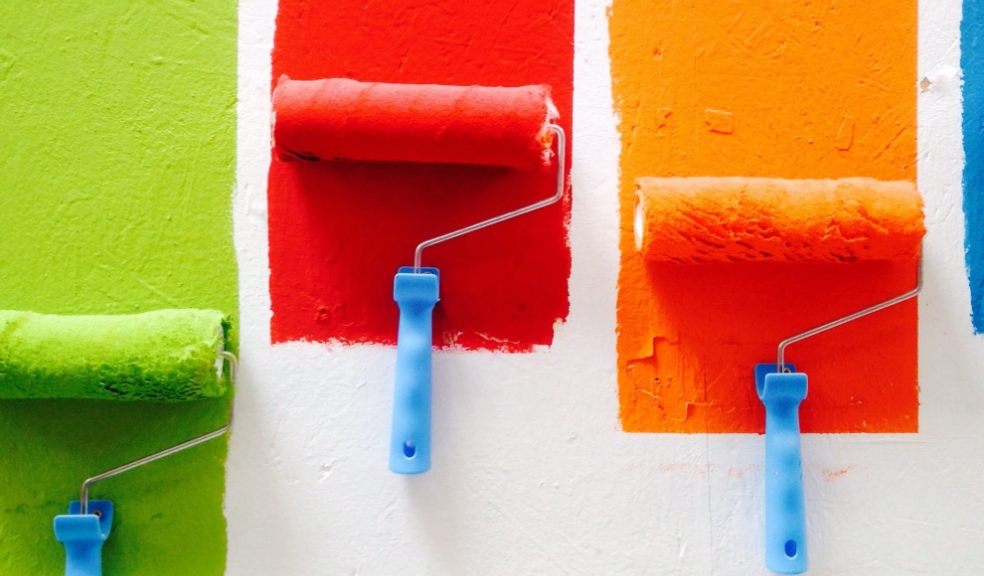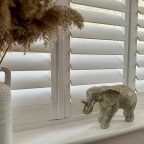
How to make painting behind a radiator a much easier task
Summer brings with it a great time to decorate, but one of the most difficult areas to tackle is around a radiator, which often leaves homeowners angry at how to paint around here.
A recent poll of homeowners found that more than a third regret the most recent changes made to their home (36%)*. A further 52% admitted they made mistakes such as not planning the changes, underestimating the updates and doing too much DIY, with painting in tricky areas one of the main tasks they fail.
To help the 20,000 Brits which have turned to Google in the past month to ask how to paint behind a radiator*, Jess Steele, heating technology expert at online heating specialists BestHeating, has provided an easy to follow guide which will make for a professional, crisp and clean look when painting around and behind radiators.
1. The tools required
Jess says: “You’ll already have the standard painting essentials if decorating a room, but when painting behind a radiator, a long-armed roller will make it much easier to squeeze into narrow or awkward crevasses and tight spaces. For closer control opt for a precision finish by using an extended-reach cutting in brush with a shaped head, or a longer thin handled brush with a short angled head. If you have designer radiators that do not project far from the wall, to reach difficult areas cover a flat pad with paint and slide it behind the radiator.”
2. Preparation and protect the radiator
Before painting, it’s important to ensure radiators are turned off and cleaned using a brush or vacuum to get dust and dirt out of the fins. Jess adds: “It’s important to protect the radiator but avoid using a dust sheet as this will get in the way. Saran wrap is a perfect solution to prevent splashback that won’t hamper you whilst painting. Keep a wet cloth close to mop any specs or splodges as they happen and use painter’s tape to protect pipes and skirting boards.”
3. Start painting at the top
Jess comments: “You should start at the top of the radiator and work your way down. This means that if the radiator is below a windowsill you need to first cut in to fill the gap, take your time to prevent paint from hitting the top of the radiator. Use your mini roller, paint brush or paint pad to roll in your preferred shade behind the radiator, tucking in if needed to reach the nooks and crannies that can be difficult to access.”
4. Around the sides and underneath
With painting in full flow, Jess explains how to focus on different areas: “As you move down the sides, reach as far as possible behind the radiator to get the full wall. You may catch the supporting bracket but don’t worry as this can be painted. Use a smaller brush to tackle the bottom from underneath to provide more accuracy as you paint around the pipework and the trim edge.”
5. Finishing touches
Jess says: “Inspect your work from the front and side to look for parts that need touching up. Take the mini roller or fine brush to tackle any spots you notice that have been missed in the first attempt. Finally, examine the radiator and use the damp cloth to remove any paint that has splashed onto it.”
6. Questions people have
Finally, Jess explains common queries people have: “Decorating a room yourself provides a sense of achievement and painting behind radiators increases that feeling of success as it feels like a challenging job has been completed.
“Some think it would be better to remove the radiator to reach the wall, but whilst the painting would be easier, this would make the process much more difficult and can cause frustration. By removing a radiator you would need to; note the pressure it works at, drain it and re-pressurise the system as well as remove and re-attach it at the end. This can also prove expensive as you may require the services of a professional plumber to do it safely for those that aren’t DIY experts.”













